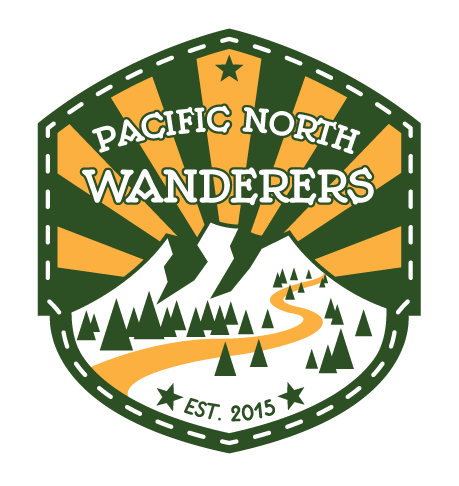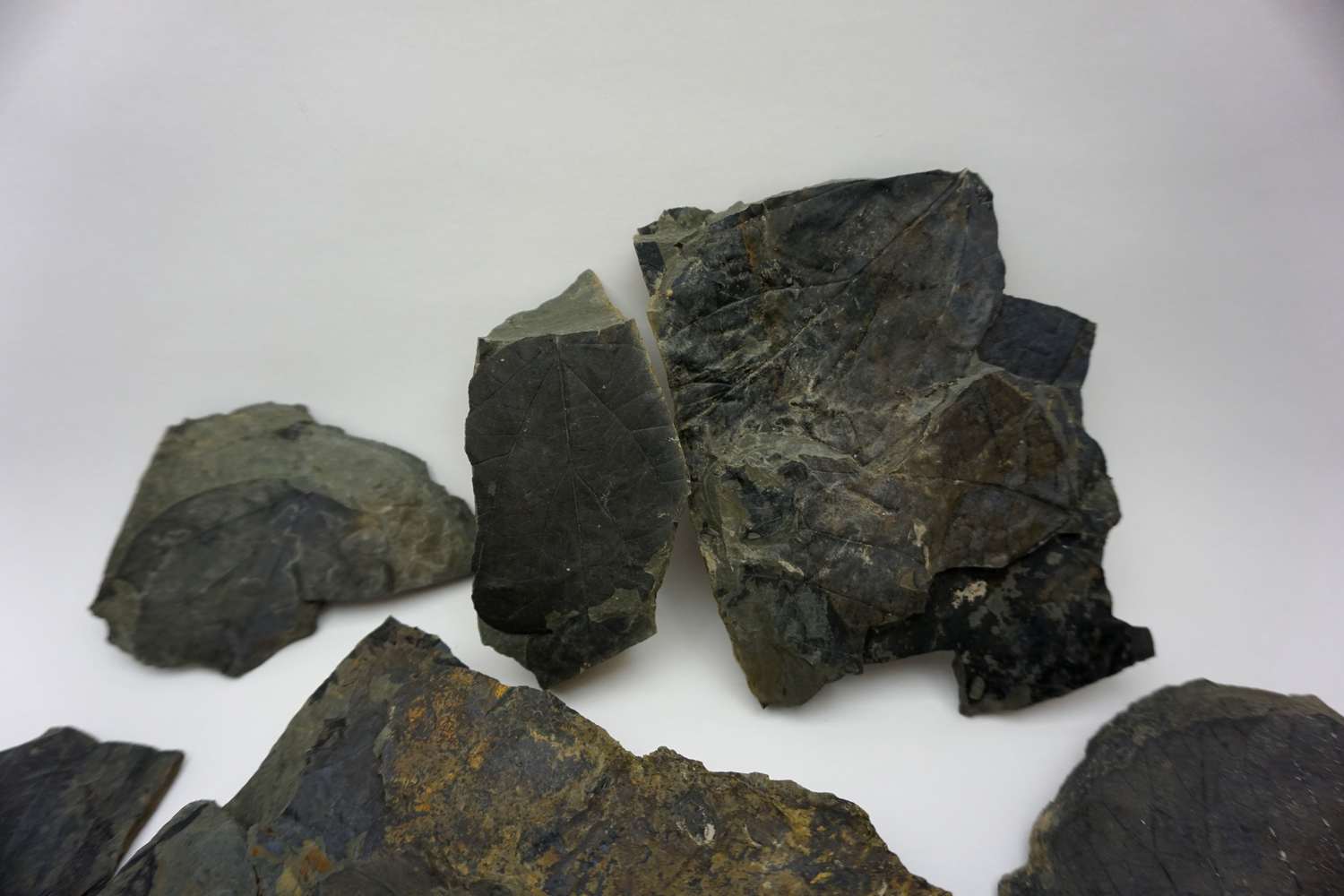Eocene Period Fossils at Racehorse Creek Landslide
50 Million Year Old Leaf Imprints In The Pacific Northwest
About a month ago we set out in search of fossils at Racehorse Creek Landslide in the Mount Baker foothills area. Although we were on the wrong path, and didn't make it to the actual landslide location, we still managed to find a pile of recently fallen rock with some good leaf fossils scattered about it. We'll make our way to the landslide one day, but for now we'd like to share a little info about this area and what we found.
In 2009 an enormous landslide exposed a large area of sandstone beds which contain a variety of 50 million year old fossils. Different types of fossilized leaves are mostly found here, but footprints have also been discovered. Notably, that of a rare Diatryma, which is a flightless bird that is estimated to have stood 7 feet tall and weighing 350 pounds. It was found on an 1,800 pound slab of sandstone in 2010. The slab has since been taken to Western Washington University where it's currently on display.
The landslide is within the much larger Chuckanut Formation which is mostly located in northwestern Washington. This a 50 million year old sedimentary formation of the Eocene period. The 2009 landslide is a popular fossil hunting location due to the underground rock being exposed after the slide.
The directions we had to get to the landslide area were pretty confusing and we ended up on the wrong side of Racehorse Creek. At the time, we still thought we were on the right track so we parked the Jeep and began walking a logging road, which had a gate that prevented us from driving further.
Around the 3 mile mark of our hike is when we discovered a very small, collapsed area of layered rock on the edge of the road. Upon closer inspection we noticed that many leaf fossils were within it. We spent about 45 minutes here sifting through the rock, and breaking some of it apart in order to access the deeper layers. We collected some of the better specimens we could find.
Thunder and dark clouds were now on the way. We decided this was as far as we'd go for the day so we packed up what we had and headed back. Anyone is allowed to take home specimens so long as they are not vertebrae or footprints. If you find either you're suppose to leave it as is and report the finding.
After returning home, and looking on Google Maps some more, we realized we were quite a bit off track. So we were even happier to have found what we did!
The GPS location of the landslide for Google Maps is 48°52'21.2"N 122°07'02.1"W
We didn't have those coordinates available to use when we set out, we wish we had. Hopefully you'll be able to reach the landslide area without too much trouble. Let us know in the comments if you've been to the landslide area or plan on going. Have you found fossils anywhere else? We'd love to know about them!
Hey, we appreciate your readership! If you're in the market for new gear and would be willing to make your purchase through our Amazon link, we might get a small commission out of it. No additional cost to you and maybe a little something for us!
Thank you for your support!
Follow along on our wanderings around the Pacific Northwest.
The only thing better would be being there yourself!
Subscribe to Our Newsletter







